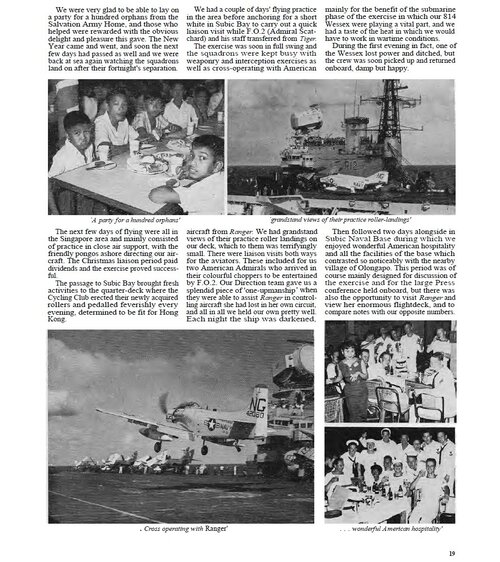I thought @Archibald had written a post saying that the 3 ways to get a MOTS Phantom were:
However, when I looked through the thread I couldn't find it. Although with my luck, it is there and I didn't go far enough back in the thread.
- Have 3 Maltas laid down instead of the 3 OTL Audacious class and have all 3 completed in the 1950s.
- Have a number of 1952 Fleet Aircraft Carriers built in the 1950s.
- Have the CVA.01 class built earlier so that at least 2 were in service by 1970 with at least one more following by 1975.
This non-post by @Archiballd ninja'd a post that I had abandoned before uploading which did the 3 options above in more detail and an Option 4 which only @uk 75 will like, which is . . . the Government decides to leave the Strike Carrier business early enough for MOTS Phantoms to be purchased because there were no CATOBAR aircraft carriers for the Spey-Phantom to operate from. The POD for that might be the Sandys Defence Review as IIRC he wanted to abandon carrier based air power there and then, but on that occasion the Admiralty defeated him. There wasn't an Admiralty in 1966 because it became the the Ministry of Defence (Navy) in 1964.
Lol. Can't remember making such post either. But yeah, what can support Phantoms
-2, 3, 4 ? Audacious 1945
-One of the 1950's carrier studies (if possible merged with PA.58 Verdun, to produce an anglo-french Midway)
-CVA-01 done right


